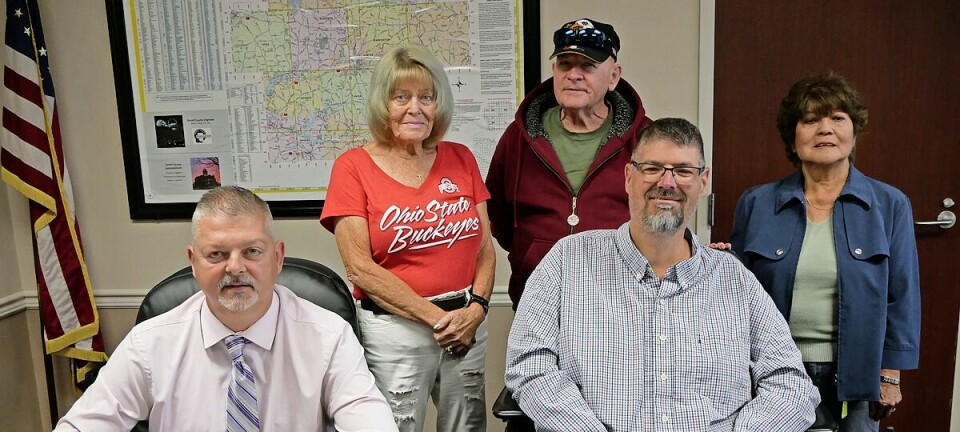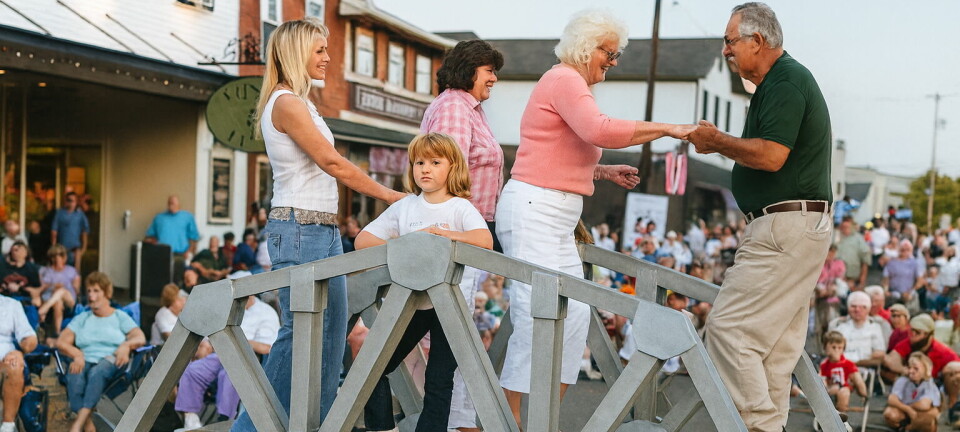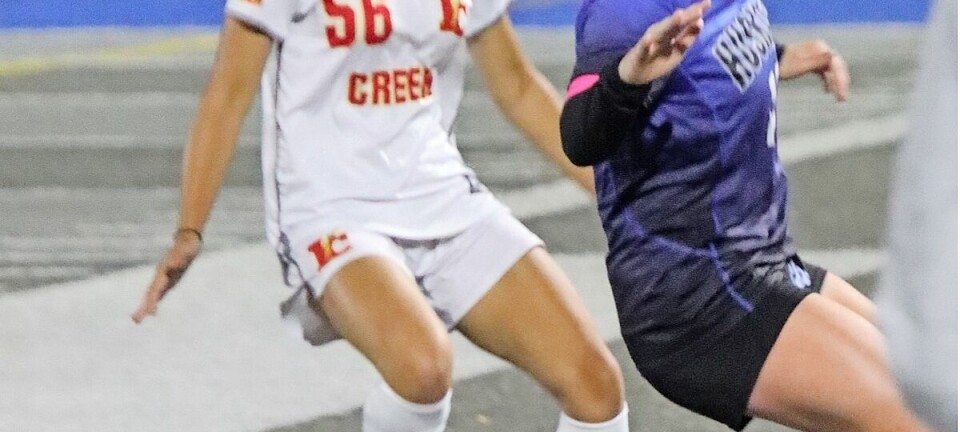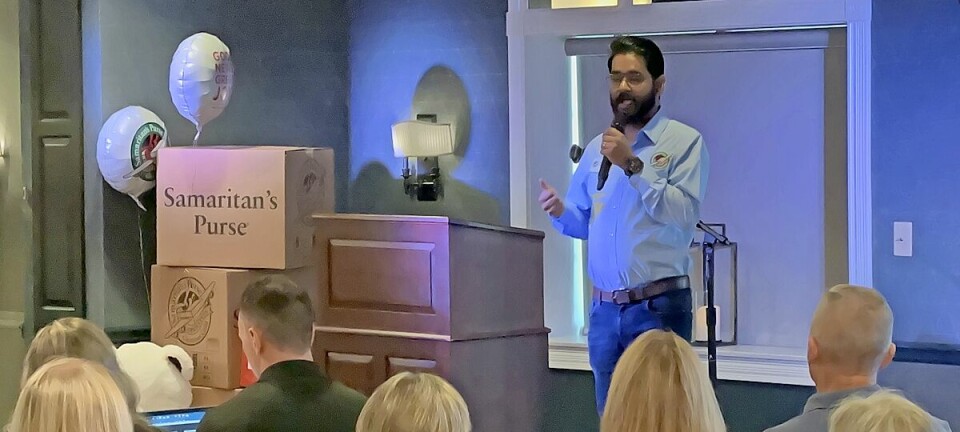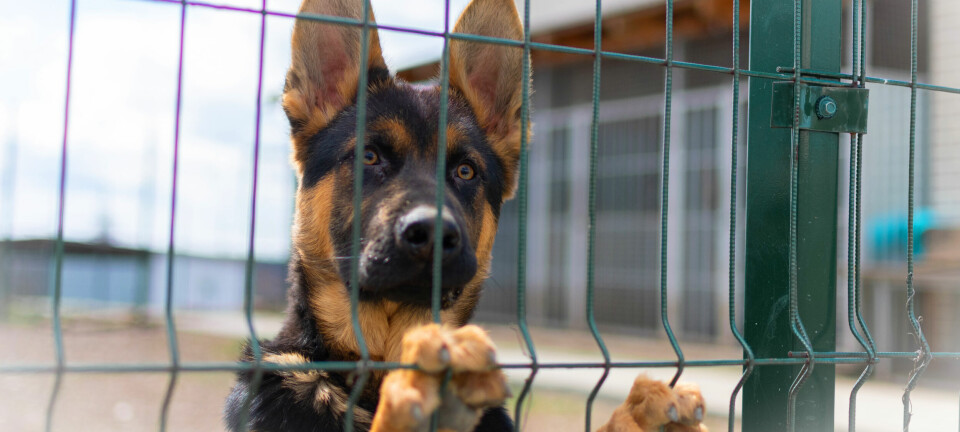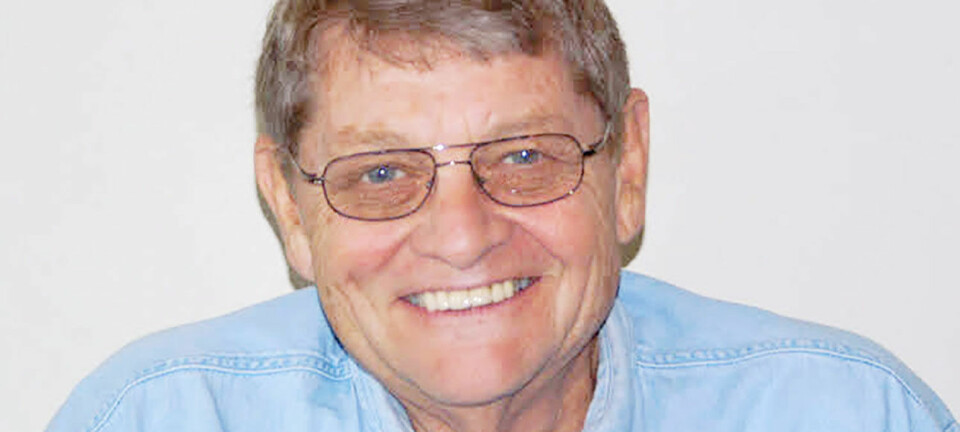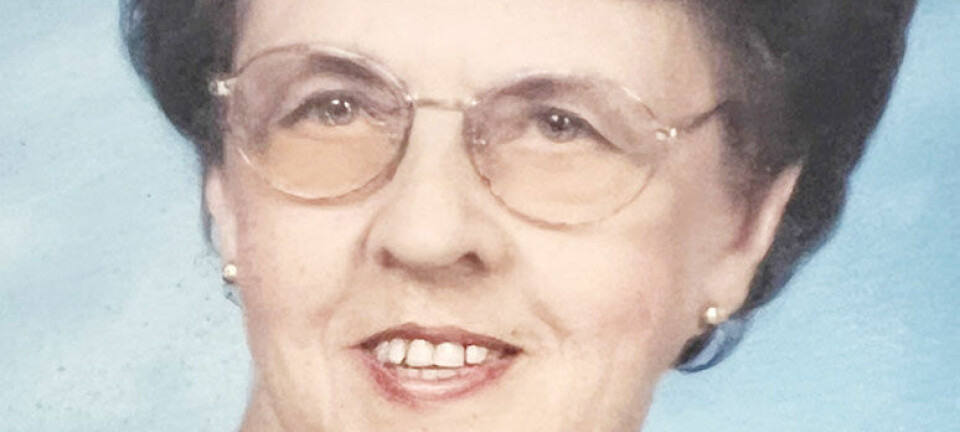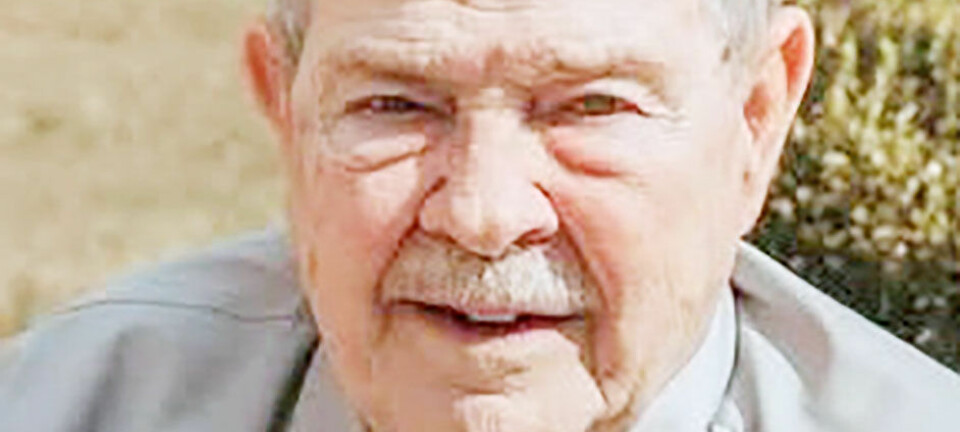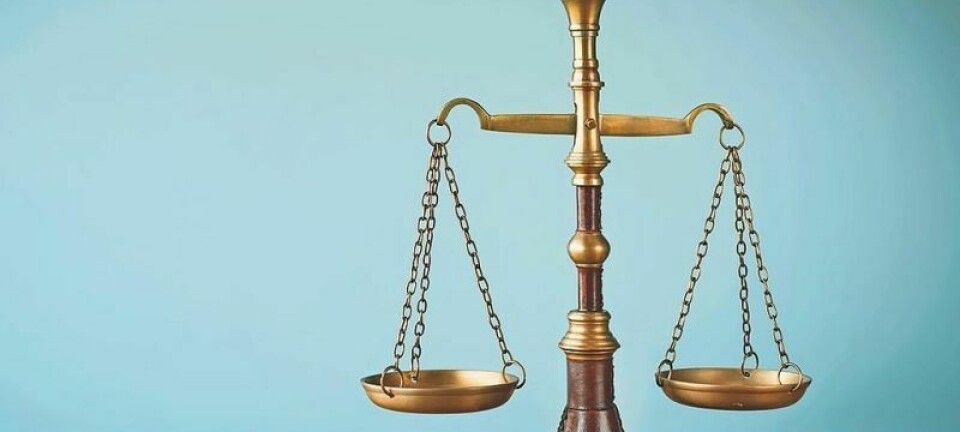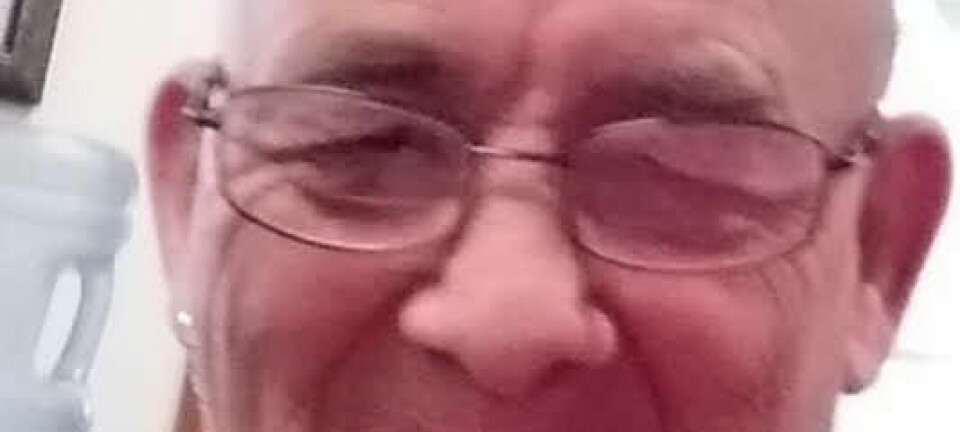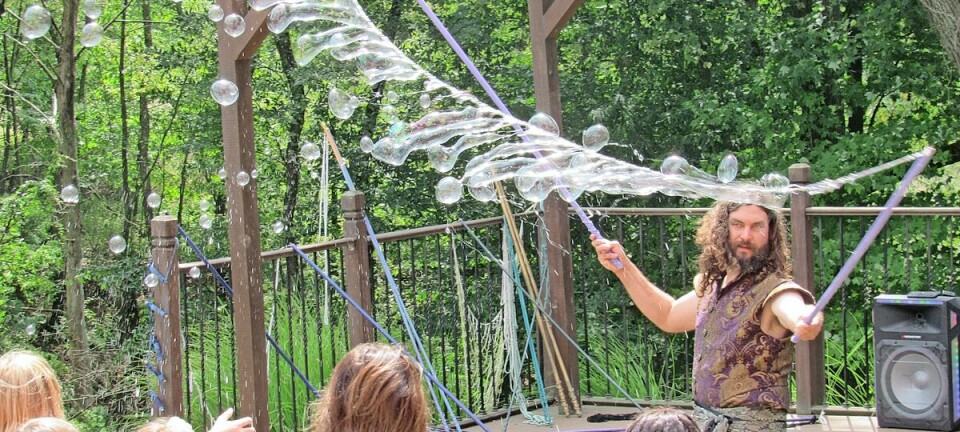Wayne-Holmes mental health statistics released for first time by MHRB Treatment success rates support national motto, Treatment Works, People Recover
About 20,000 Wayne and Holmes county residents – children, adults and seniors – will receive counseling and support services this year from the eight agencies partially funded by the Wayne-Holmes Mental Health and Recovery Board (MHRB), and the services provided will significantly improve the lives of 90 percent or 18,000 of them.
For the first time in the agency’s history, the Mental Health and Recovery Board is releasing mental health treatment statistics for Wayne and Holmes counties. Among the 2009 highlights:
• Ninety-three percent of almost 4,000 children and adults treated by The Counseling Center report that their treatment helped them deal with their problem.
• More than 1,000 adults were treated at Liberty Center Connections: 93 percent of women and 100 percent of men treated for addictions remained abstinent 90 days after discharge.
• Of children treated at Your Human Resource Center who required juvenile justice interventions, 93 percent did not become re-involved with the juvenile justice system.
• More than 1,000 children were given counseling by The Village Network: six months after discharge, 89 percent were regularly attending school and 92 percent were not indicated in any abuse or neglect issues.
• 100 percent of children and foster parents who responded to a survey said they were satisfied and would recommend Christian Children’s Home of Ohio to others, and 80 percent of residential children treated there were successfully discharged to a less restrictive environment.
• More than 90 percent of all who received services provided by the MHRB agencies reported that services they received were positive, helpful, competent and of significant quality.
“There are many more people in Wayne and Holmes counties being treated for mental illnesses than citizens realize,” said Robert Smedley, associate director of the Wayne-Holmes Mental Health and Recovery Board. “This report shows that they are receiving outstanding treatment.”
Though the board has always monitored quality and process reports from its agencies, it has been difficult to translate performance data into numbers that are meaningful to the public, Smedley said. The newly released report is the result of several months of work to describe demand and performance of the agencies in a concise way.
The results are very impressive.
The data showed that almost 20,000 children and adults received services for mental health and substance abuse issues. According to research conducted by Wayne-Holmes Mental Health and Recovery Board, one in three know someone close to them who is being treated.
“In a community this size, it’s safe to say that our services have a direct or indirect impact on nearly everyone.
“The report validates the work of more than 200 mental health professionals in the two counties and shows that their efforts to help children and adults with mental illnesses are successful. Treatment works and people recover,” Smedley said.
Mental illness is a biologically based brain disorder and can be treated like any other physical health condition, according to the Ohio Association of County Behavioral Health Authorities. It is often associated with chronic physical disorders including obesity, heart and pulmonary diseases, and hypertension. Recovery rates with treatment are 80 percent for bipolar disorder; 70 percent for major depression, panic and obsessive-compulsive disorder; and 60 percent for addictions and schizophrenia.
Untreated mental illnesses are costly: 50 percent of youths with a mental disorder drop out of high school, 75 percent of incarcerated youths have a substance disorder, 64 percent of adult jail inmates have a diagnosable mental illness, and 80 percent of children in foster care have a parent with a substance abuse disorder.
“Investing in mental health treatment makes good financial sense,” Smedley said. “One element of the research showed that nearly 60 percent of substance-dependent consumers who completed treatment were able to obtain stable employment and housing.
“In the long run, it is much less expensive to treat the disease than to pay long term for the unemployable and the criminals in our jails.”
Difficult economic times increase stress and increase demand for the services funded by MHRB. The statistics showed increased demand in Wayne and Holmes counties despite cutbacks that reduced services. Overall demand was up about five percent. One of the steepest increases for demand was psychiatric emergency assistance requests, which rose 18 percent.
Last year, 6,000 children and adults lost services in Wayne and Holmes counties due to budget cuts resulting from a 30 percent cut in state funding for mental health services. The Wayne-Holmes Mental Health and Recovery Board has placed a 1.5 mill levy on the May 4 ballot to offset cuts in funding. If the levy passes, services will be stabilized through 2017. If it fails, more cuts can be expected.



